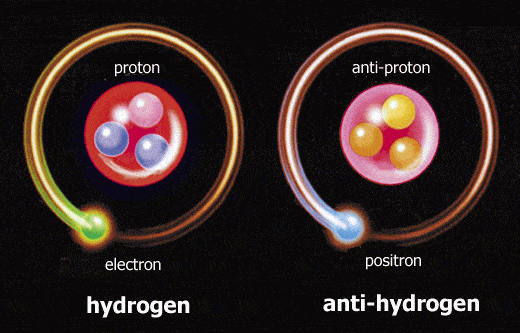Physics is still not sure what to make of antimatter; theoretically speaking, after the Big Bang, matter and antimatter were created in equal amounts. But if this is the case, then where is all the antimatter ?
Matter vs antimatter
An antiparticle has exactly the same mass as a particle, but a opposite electrical charge, and thus, if you would take an electron, for example, it is negatively charged. But if you take its counterpart, the antielectron (or positron), it would have the same properties, but a positive charge.
Given that pretty much everything we can see today is made out of matter, one can only ask where all the antimatter is. This is one of the biggest mysteries physics has to solve.
In 2010, researchers at the Tevatron accelerator claimed some extremely interesting results, reporting a small excess of matter over antimatter as particles decayed. Given the fact that each particle has a cousin antiparticle, and when the two meet, they annihilate each other with a blast, this small excess could prove crucial in the understanding of the situation.
New physics?
The results at Tevatron come as a result of collision between protons and antiprotons. The created shower also produced a number of different particles, and the team operating the Tevatron’s DZero detector first noticed a discrepancy in the decay of particles called B mesons. When they drew the line, they noticed a 1% excess of matter particles.
However, the thing is that there is always a certain level of uncertainty when conducting this kind of measurements, so it’s still too early to say that they were dealing with revolutionary results back then. However, this time they have much more data to work with, and they reduced the uncertainty to level of 3.9 sigma – equivalent to a 0.005%. But even so, this is not enough. Particle physics is extremely strict when it comes to what can be called a discovery – the “five sigma” level of certainty, or about a 0.00003% level of uncertainty.
Still, the results are quite convincing, and they will probably pass that margin of error pretty sure, thus giving one of today’s most desired scientific answers.










